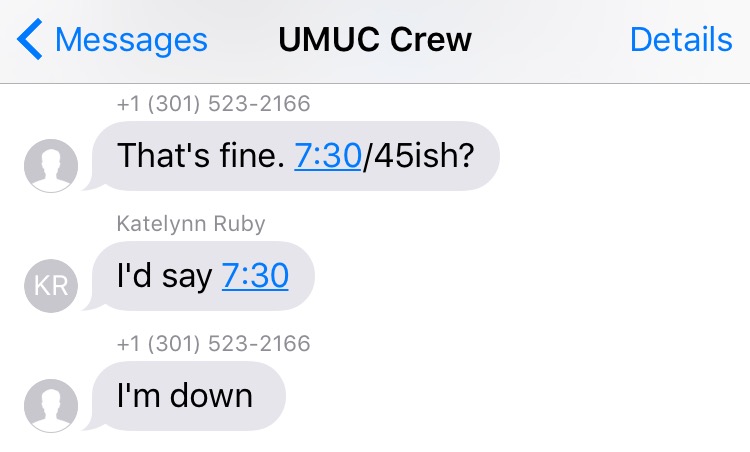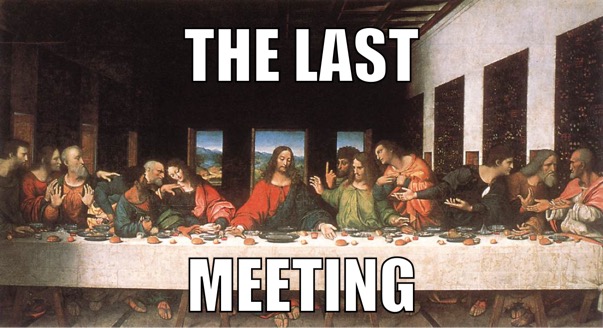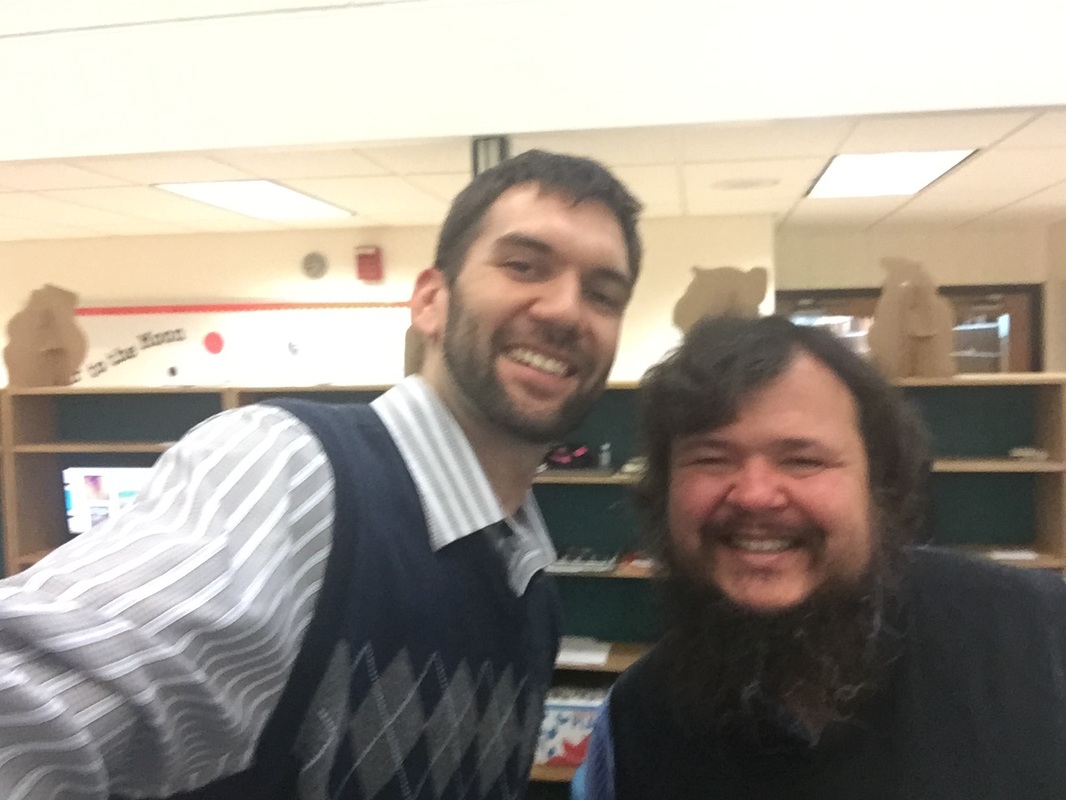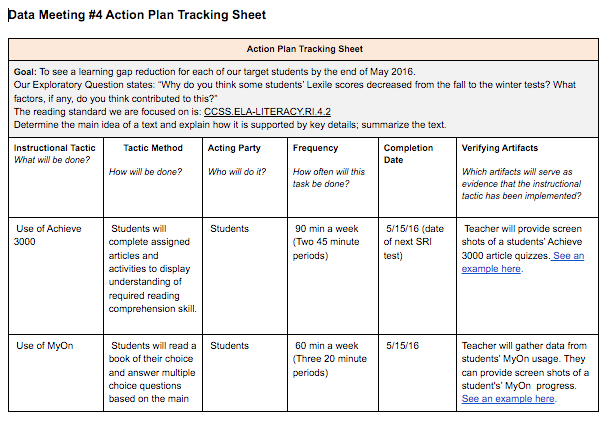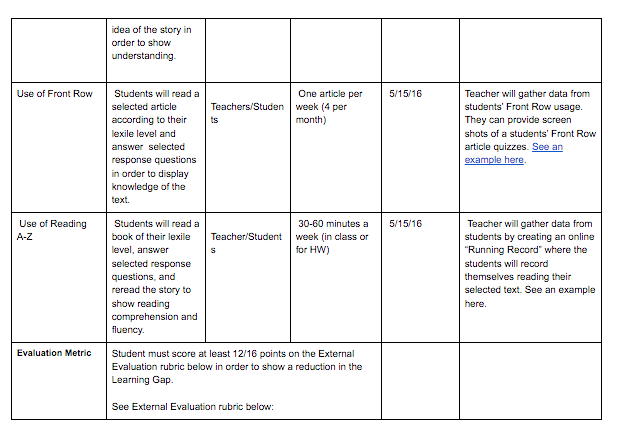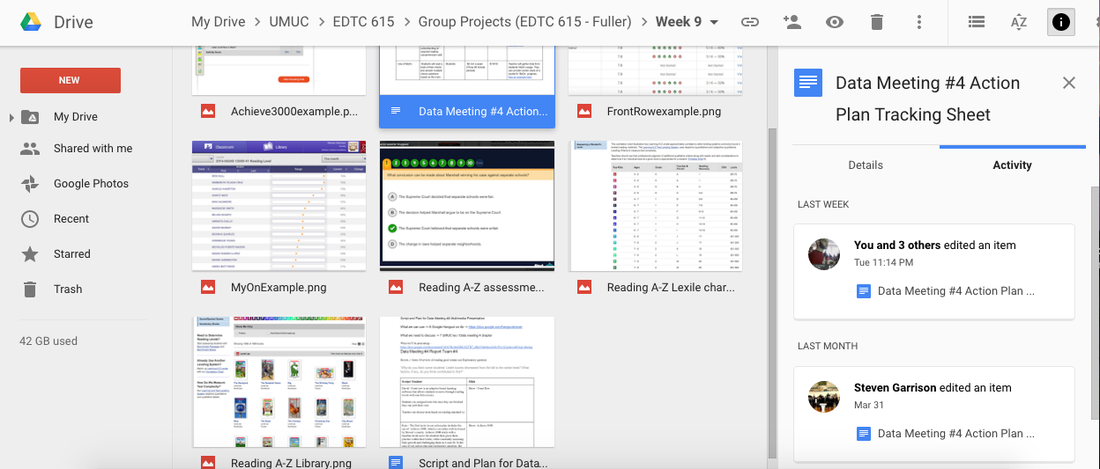The Data Meeting Process Overall
- Steven Garrison - 4th grade, Prince George’s County Public Schools
- Katelynn Ruby-Leftridge - 7th grade, Harford County Public Schools
- LaShawn Brown - Middle School Program Coordinator, Baltimore County Public Schools
- David Dulberger (myself) - 5th grade, Washington County Public Schools
As one can see, this data team not only comes from different counties in Maryland, but different regions within the state as well. On the team we had two teachers from the elementary level and two from the middle school level. I strongly believe that this level of diversity within the group allowed for successful ideas and conversation.
From our very first meeting I could tell that communication would be an essential ingredient for these successes. Being that EDTC 615 is solely an online course, most of us were under the impression that we could complete the work at times that were convenient for us. We soon realized that this would not always be the case.
Rather that using the UMUC site and email as our primary communication tool, our informal conversations, plans for meeting times, and questions were soon moved to a group iMessage/ text message thread. As seen in the image below, this allowed for more consistent and timely feedback. Thanks to this tool we were able to discuss meeting dates and times more easily.
The Target Students
Being a part of a data team with a structured focus and agenda has also been beneficial to me as a learner and teacher as well as Steven’s students. For instance, the course often required us to present the knowledge and experience we gained from data meetings through a collaborative screencast. Due to the nature of these assignments, my group always found it beneficial to write a script and practice. This process forced my group and I to closely share the instructional resources like Front Row, MyOn, Achieve 3000, and Reading A-Z with each other. Explicitly demonstrating these instructional tools for each other was necessary before going on “camera.” I truly feel that the rehearsals and demonstrations have impacted the students. This impact may not have been direct but it certainly has been positive.
*These tools were outlined in my final project screen cast I completed a week ago.
